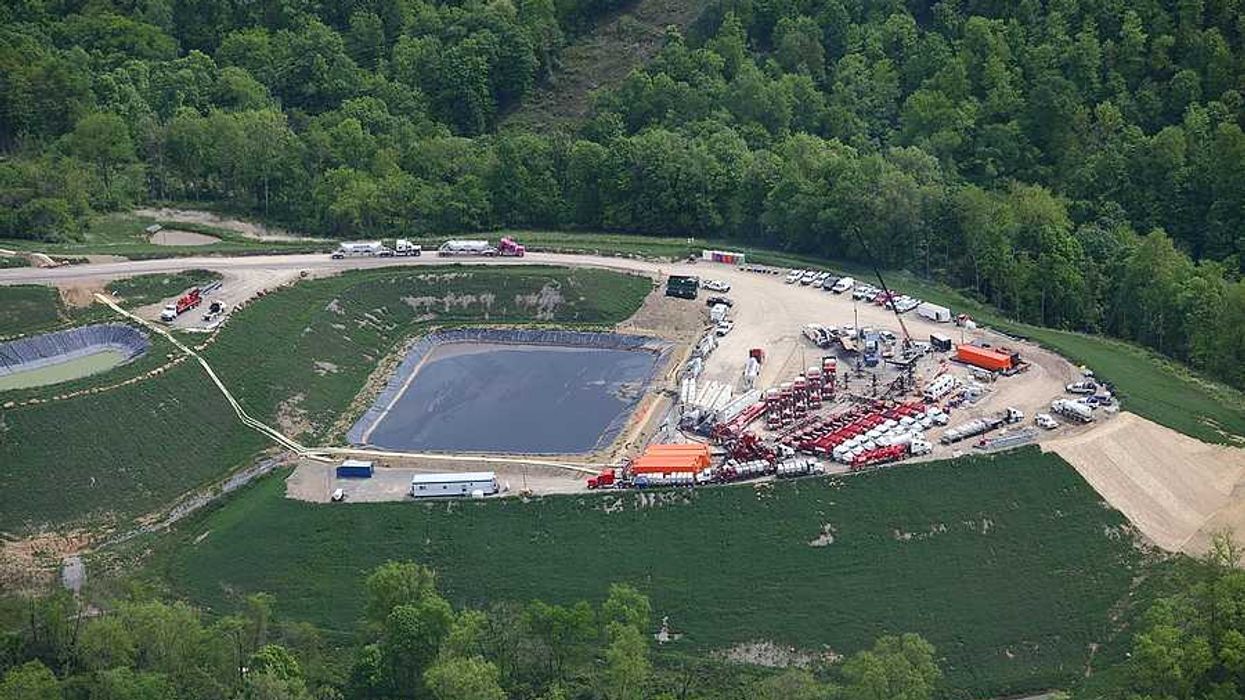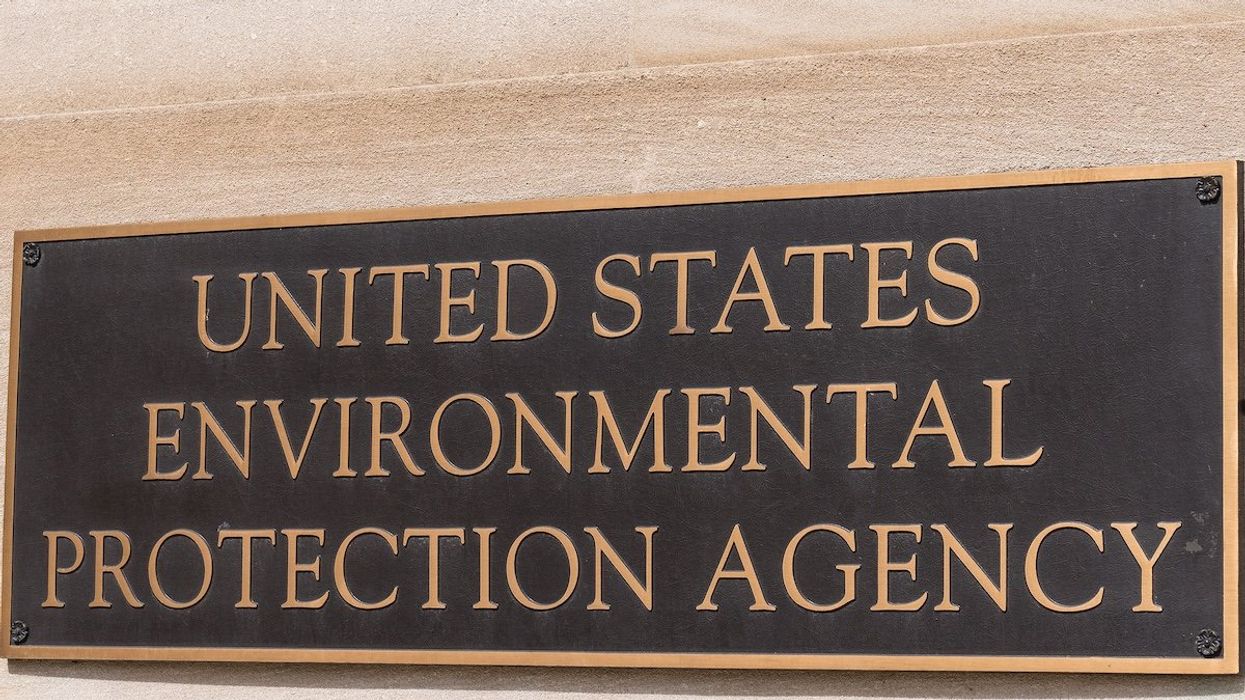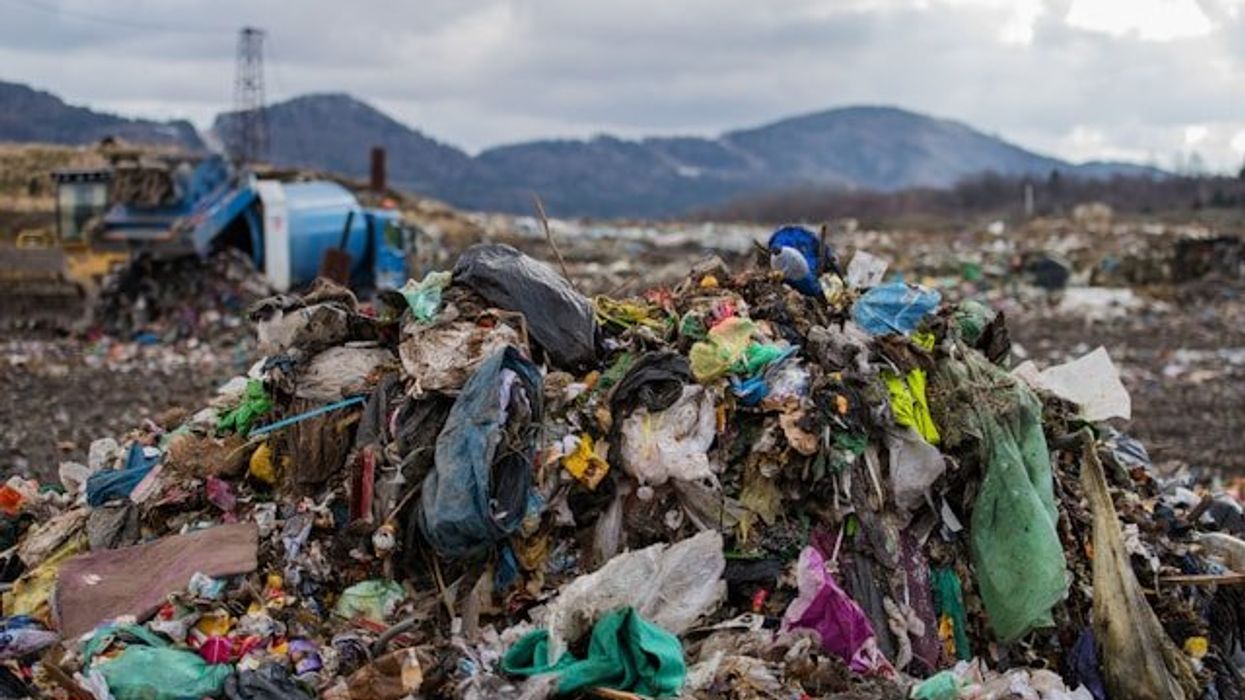Toxic chemicals known as PFAS, linked to health risks and found in water and soil, are proving difficult to destroy, but scientists are developing new methods to break them down.
Allyson Chiu reports for The Washington Post.
In short:
- The U.S. Environmental Protection Agency plans to scale back a drinking water rule targeting PFAS, even as contamination remains widespread in water, soil, and food packaging.
- Scientists are testing destruction technologies using heat, pressure, ultraviolet light, sound waves, and plasma to break the strong carbon-fluorine bonds that make PFAS so durable.
- Some of the most promising methods, like supercritical water oxidation and hydrothermal alkaline treatment, have moved into commercial deployment, while researchers continue exploring low-temperature chemical breakdowns.
Key quote:
“You don’t carry one screwdriver in your tool belt, you carry a Phillips and a flathead because sometimes you need one or the other, and I think that’s going to be the case with these PFAS destruction technologies."
— Christopher Higgins, professor of civil and environmental engineering at the Colorado School of Mines
Why this matters:
PFAS “forever chemicals" have been linked to cancer, liver damage, immune dysfunction, and developmental issues in children. They are now found in the blood of nearly every American and in drinking water supplies across the country. Even low levels of exposure are a concern, and as cleanup efforts lag behind contamination, the public faces long-term health and environmental risks. Current technologies for removing PFAS from the environment remain energy-intensive and costly, while the chemical industry has been slow to curb its production. As researchers race to find scalable, safe ways to destroy PFAS, communities will continue bearing the brunt of exposure.
Related:














